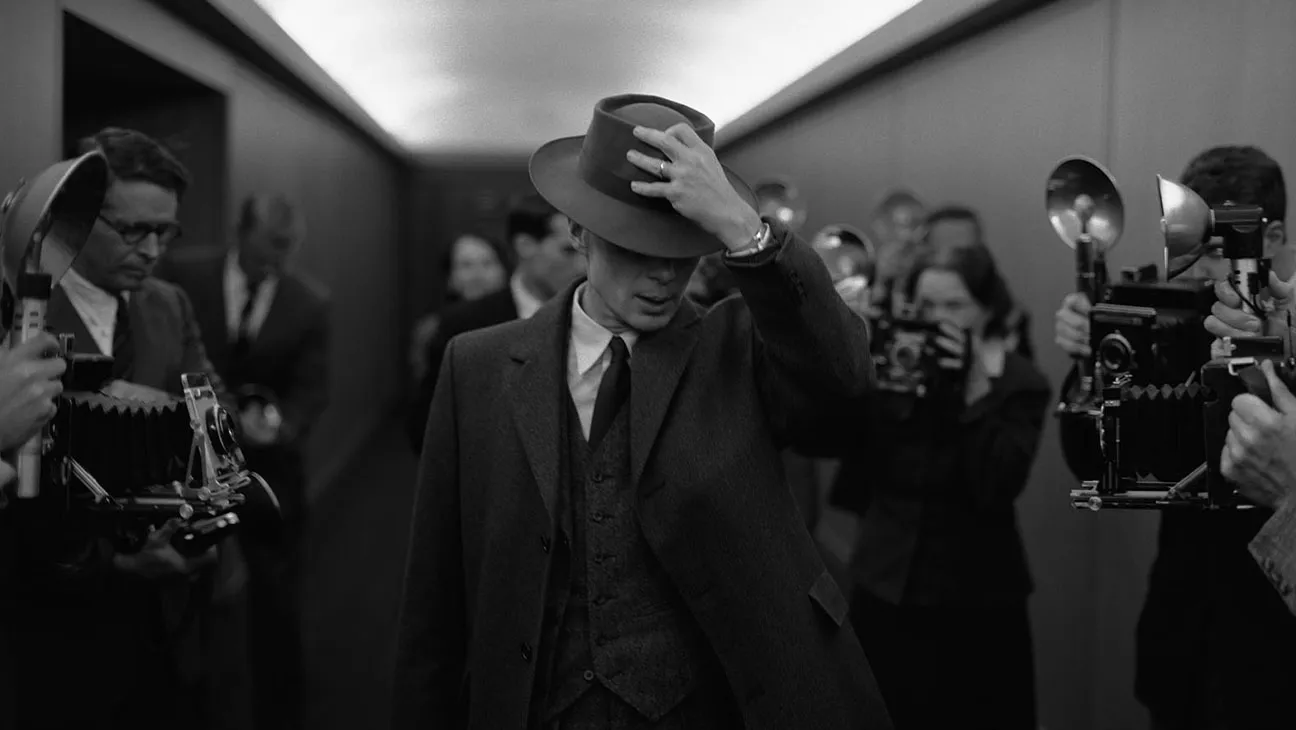Behind the Scenes of Christopher Nolan’s Oppenheimer: A Cinematic Masterpiece
Christopher Nolan’s Oppenheimer has captured audiences worldwide with its gripping narrative, stunning visuals, and powerful performances. Behind the screen, the meticulous detail and artistry involved in its creation stand as a testament to Nolan’s dedication to storytelling. Here’s an in-depth look at the behind-the-scenes magic that brought this historical epic to life.
1. Casting and Performances
At the heart of Oppenheimer is Cillian Murphy, delivering a transformative portrayal of J. Robert Oppenheimer. Nolan praised Murphy’s ability to embody the complexities of the physicist, making his performance central to the film’s emotional depth.
The film also features a stellar ensemble cast:
- Emily Blunt as Katherine Oppenheimer, J. Robert’s resilient and sharp-witted wife.
- Robert Downey Jr. as Lewis Strauss, a key figure in the Atomic Energy Commission.
- Matt Damon as General Leslie Groves, who oversaw the Manhattan Project.
- Florence Pugh as Jean Tatlock, Oppenheimer’s romantic interest.
Each actor was carefully selected, and Nolan ensured they understood their characters’ historical significance and contributions to the Manhattan Project. This collaborative approach created an immersive environment that brought authenticity to their performances.
2. Unwavering Historical Accuracy
Nolan and his team worked closely with historians and experts to recreate the events of the 1940s with precision. From cultural nuances to the scientific experiments of the Manhattan Project, every aspect was crafted with respect for historical accuracy.
A highlight of the film’s authenticity was the recreation of Los Alamos, the birthplace of the atomic bomb. The production team meticulously designed sets, props, and costumes to reflect the era, immersing viewers in the world of 20th-century science and war.
3. Innovative Filming Techniques
Nolan’s preference for practical effects over CGI shines in Oppenheimer. Notable filming techniques include:
- IMAX Cameras: Used to capture expansive landscapes and intimate character moments, giving the film a sense of scale and immersion.
- 70mm IMAX Film: Elevating the visual experience with unparalleled detail and clarity.
- Practical Effects for the Trinity Test: To recreate the nuclear explosion, the team developed groundbreaking techniques to simulate its impact without relying on CGI, making the visuals both realistic and emotionally resonant.
4. Score and Sound Design
Ludwig Göransson crafted a hauntingly beautiful score that combines orchestral and electronic elements. The music mirrors the tension and introspection of the narrative, enhancing the audience’s emotional journey.
The sound design played an equally crucial role, especially in scenes depicting the atomic bomb. The team’s focus on the power and terror of these moments added depth and gravitas to the storytelling.
5. Production Challenges and Triumphs
Recreating the Trinity nuclear test was one of the production’s greatest challenges. Nolan’s insistence on practical effects required the team to innovate and think outside the box. The result is a visually stunning and emotionally charged sequence that captures the magnitude of humanity’s scientific and moral dilemmas.
6. Exclusive Streaming Content
For fans eager to delve deeper into the making of Oppenheimer, exclusive featurettes on Peacock offer insights into the film’s:
- Cinematography
- Costume Design
- Creative Process
These behind-the-scenes glimpses provide a closer look at how this cinematic masterpiece came to life, showcasing the artistry and passion of everyone involved.
Oppenheimer is not just a film—it’s a profound exploration of humanity’s brilliance and flaws. From its meticulous production to its emotional storytelling, Christopher Nolan has once again delivered a cinematic experience that resonates on multiple levels.


